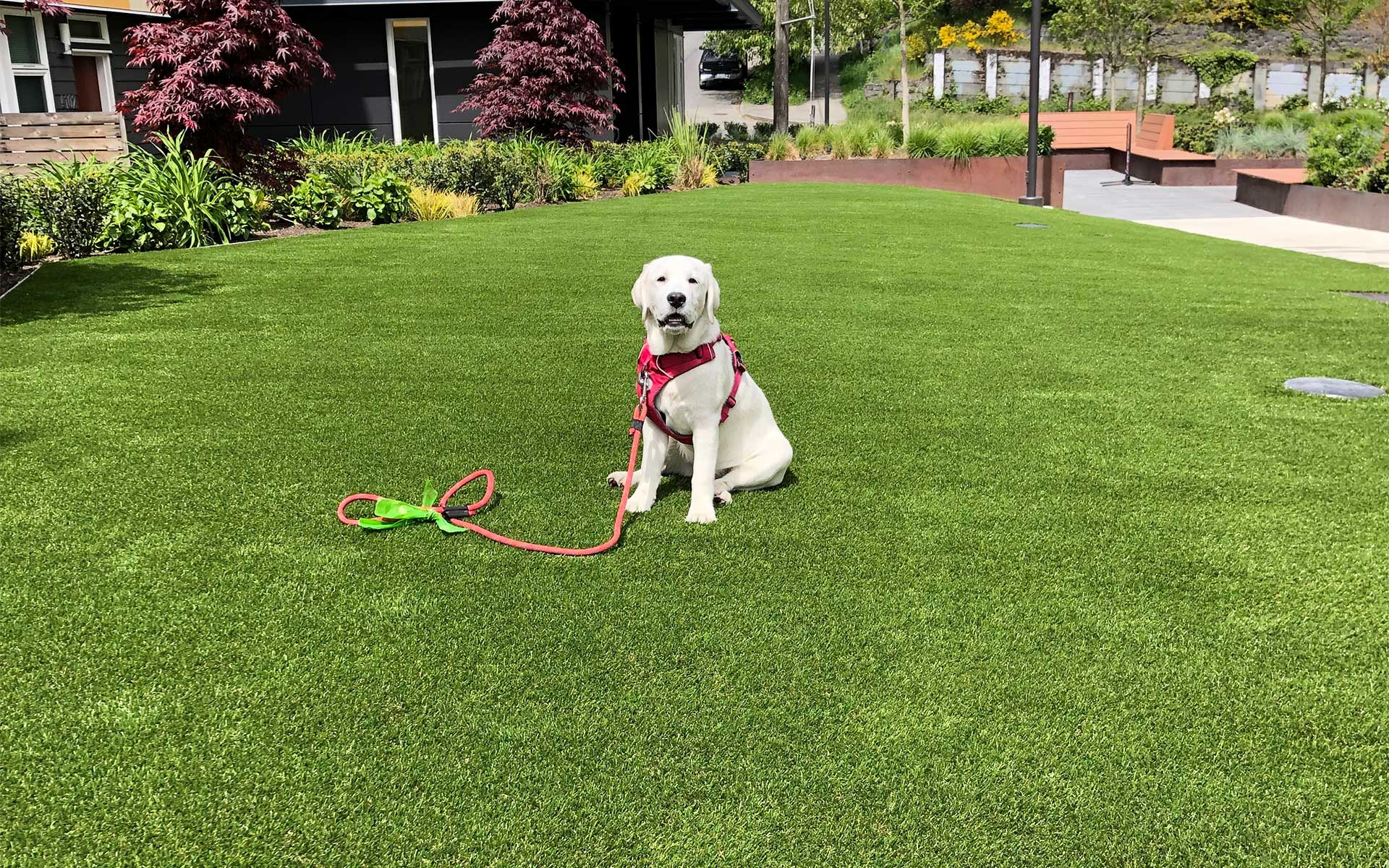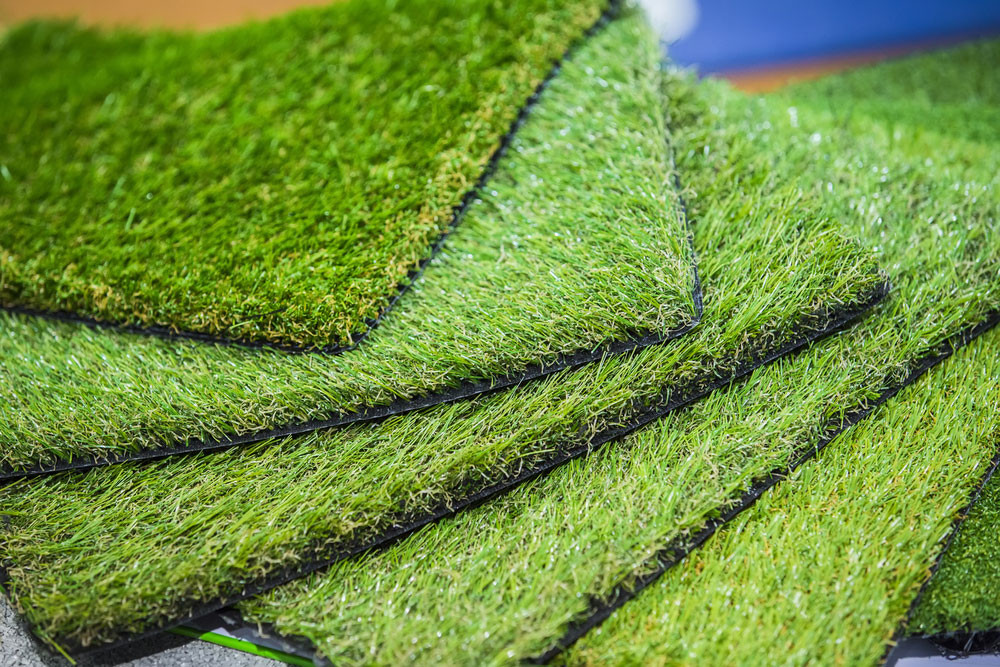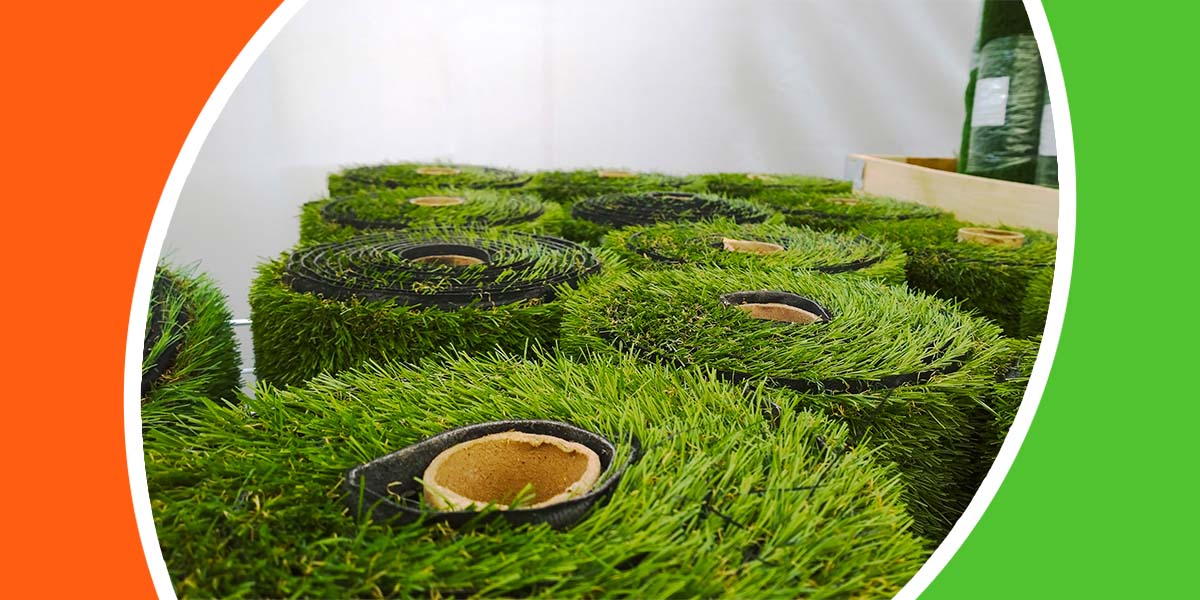Experience a Perfect Lawn with Arizona Artificial Turf for Any Outdoor Space
Experience a Perfect Lawn with Arizona Artificial Turf for Any Outdoor Space
Blog Article
See Why Homeowners Prefer Artificial Turf for Lasting Landscape Design Practices
As property owners significantly prioritize sustainability in landscaping, man-made turf has actually arised as a compelling option to traditional lawn. What remains to be discovered is the full scope of advantages that artificial turf can use to house owners and the setting alike.
Water Conservation Perks
One of the most significant benefits of artificial lawn is its function in water conservation. In contrast, man-made turf eliminates this demand totally, as it does not require watering.
Furthermore, the setup of synthetic grass can contribute to a much more sustainable landscape. Home owners can considerably decrease their water bills, permitting reallocation of sources to other environmental campaigns or home usages. In addition, synthetic grass is made to hold up against different climatic conditions without the requirement for additional watering, making it a perfect choice for regions dealing with water scarcity.
The environmental advantages expand beyond immediate water savings. By lowering water usage, synthetic grass helps to minimize the effects of climate adjustment, preserving essential communities that are intimidated by extreme water removal. As sustainable landscape design practices obtain traction, synthetic grass emerges as a liable choice for house owners seeking to produce environmentally friendly exterior areas.
Lowered Maintenance Initiatives
Fabricated lawn considerably lowers upkeep efforts compared to typical grass yards. With artificial yard, homeowners can get rid of the lengthy jobs linked with all-natural landscaping, such as mowing, feeding, and weeding. This not just saves valuable time however also minimizes physical labor, making lawn care available for people of every ages.
Among the most noteworthy advantages is the absence of routine mowing. Conventional yards need constant cutting to keep a cosmetically pleasing elevation, whereas synthetic grass remains consistently lush without the need for cutting. Additionally, homeowners no more need to apply fertilizers or pesticides, which are usually called for to maintain all-natural grass healthy. This shift not only lightens the workload but also promotes a neater, more consistent look year-round.
Furthermore, artificial lawn is sturdy and durable, calling for very little upkeep past occasional cleaning and rinsing to get rid of debris. This convenience of maintenance permits house owners to enjoy their outdoor spaces without the consistent worry of maintenance, providing even more time for leisure and household activities. Eventually, the lowered maintenance initiatives connected with fabricated grass make it an enticing option for those looking for a low-maintenance, aesthetically appealing landscape.

Environmental Effect Reduction
There is a growing acknowledgment of the environmental benefits associated with synthetic grass, especially in regards to water preservation and reduced chemical usage. Traditional yards need substantial amounts of water, particularly in drought-prone areas, causing increased stress on neighborhood water resources. In comparison, synthetic grass eliminates the requirement for watering, considerably lowering water consumption and promoting sustainability.
Furthermore, standard lawn maintenance commonly entails the application of fertilizers, pesticides, and herbicides, which can add to soil and water air pollution. Synthetic grass alleviates this ecological threat by requiring very little upkeep and essentially removing the demand for unsafe chemicals. This not just boosts dirt wellness yet also safeguards regional environments from hazardous overflow.
Additionally, the production of natural turf lawns usually includes using fossil fuels for mowing and landscape design tools, additional contributing to greenhouse gas emissions. By choosing synthetic grass, home owners can dramatically reduce their carbon footprint connected with grass care activities.
Visual Charm and Flexibility
Along with its environmental advantages, artificial grass supplies significant aesthetic allure and versatility for landscaping. Home owners can achieve a rich, environment-friendly look year-round, eliminating the seasonal changes frequently connected with all-natural turf. This constant visual not just boosts the aesthetic appeal of a residential property yet additionally adds to a well-kept and refined look.
Additionally, synthetic grass is readily available in a selection of shades, structures, and styles, permitting modification to fit individual preferences and layout motifs - Turf installation phoenix az. Whether used in residential yards, industrial areas, or recreational locations, it can flawlessly incorporate into diverse landscape design styles, from modern minimal to lavish exotic setups
The adaptability of synthetic grass expands past mere look; it can be set up in various places, including roofs, outdoor patios, and even interior spaces, creating chances for distinct landscape design solutions. In addition, it is appropriate for a variety of tasks, from children's backyard to pet-friendly environments, giving performance have a peek here without endangering design.
Eventually, view it the aesthetic charm and versatility of synthetic grass make it an eye-catching choice for home owners seeking lasting landscape design solutions that do not compromise elegance for environmental duty.

Long-Term Cost Financial Savings
One of the most engaging benefits of synthetic grass is its possibility for lasting cost savings. Unlike natural turf, which calls for routine upkeep-- consisting of mowing, watering, feeding, and pest control-- synthetic grass substantially lowers these ongoing expenses.
Additionally, synthetic grass has a life expectancy of 15 to 25 years, relying on its top quality and use. This resilience reduces replacement costs, making it a more economical choice in the future. The preliminary investment in synthetic turf can often be recouped via the cost savings accumulated over time.
While the upfront cost might seem greater contrasted to sod installation, the collective cost savings from decreased maintenance and water use typically outweigh these first expenditures. Inevitably, the fostering of synthetic turf not just promotes a lasting landscaping solution however also supplies property owners a financially smart option that straightens with long-lasting budgeting objectives.
Final Thought
Man-made lawn arises as an engaging option for sustainable landscaping, providing considerable benefits in water preservation, lowered upkeep initiatives, and lessened ecological influence. As areas significantly focus on eco pleasant techniques, the fostering of man-made turf represents a progressive step towards attaining lasting and resistant landscapes.
Furthermore, synthetic turf is created to hold up against numerous weather conditions without the need for supplemental watering, making it a perfect choice for areas encountering water shortage. (Artificial turf companies phoenix)

Artificial lawn emerges as an engaging option for lasting landscaping, offering substantial advantages in water preservation, decreased upkeep efforts, and diminished ecological impact.
Report this page